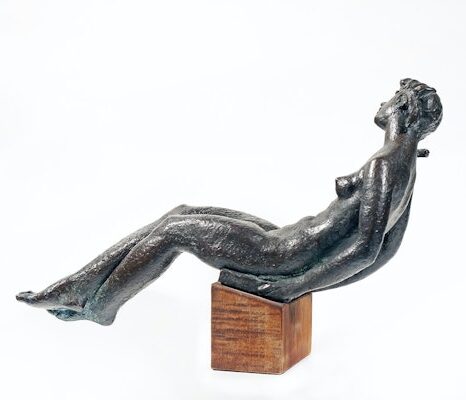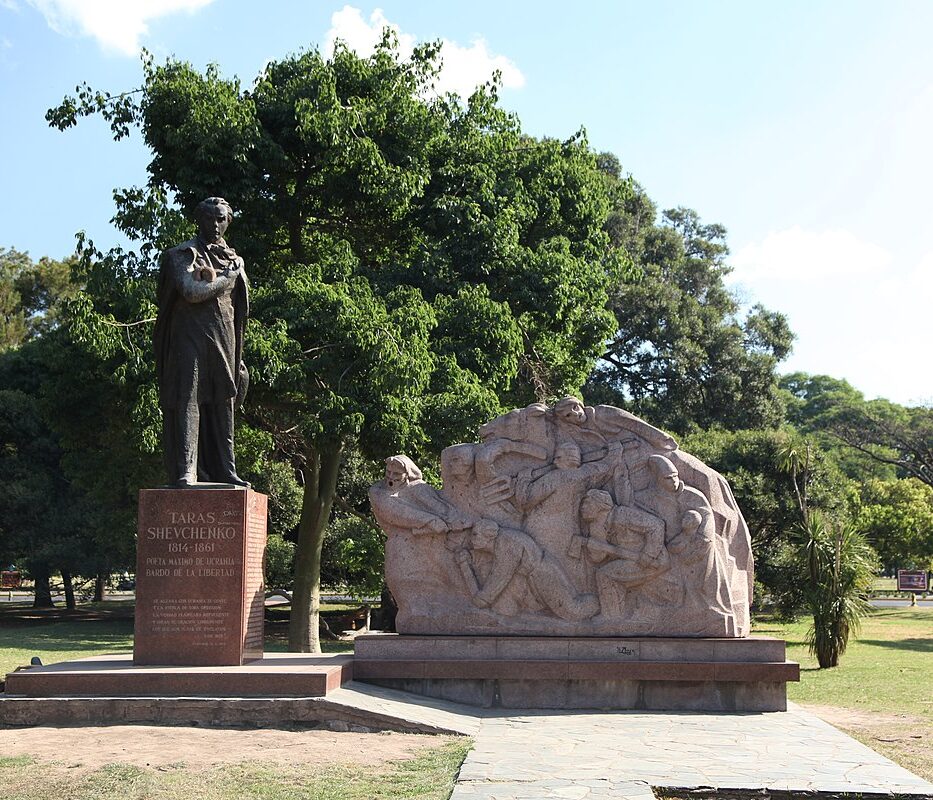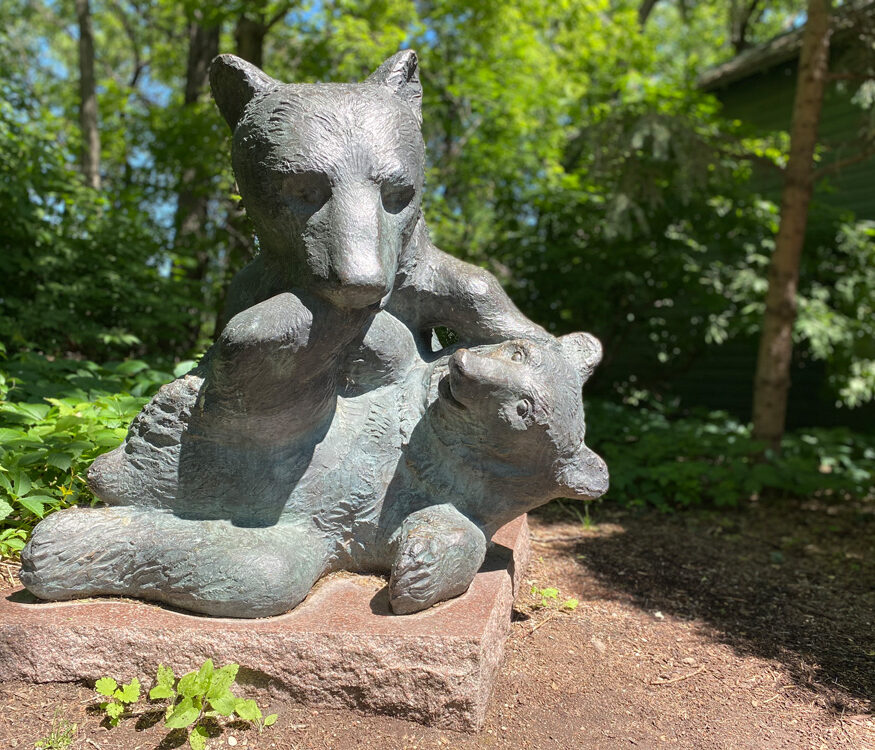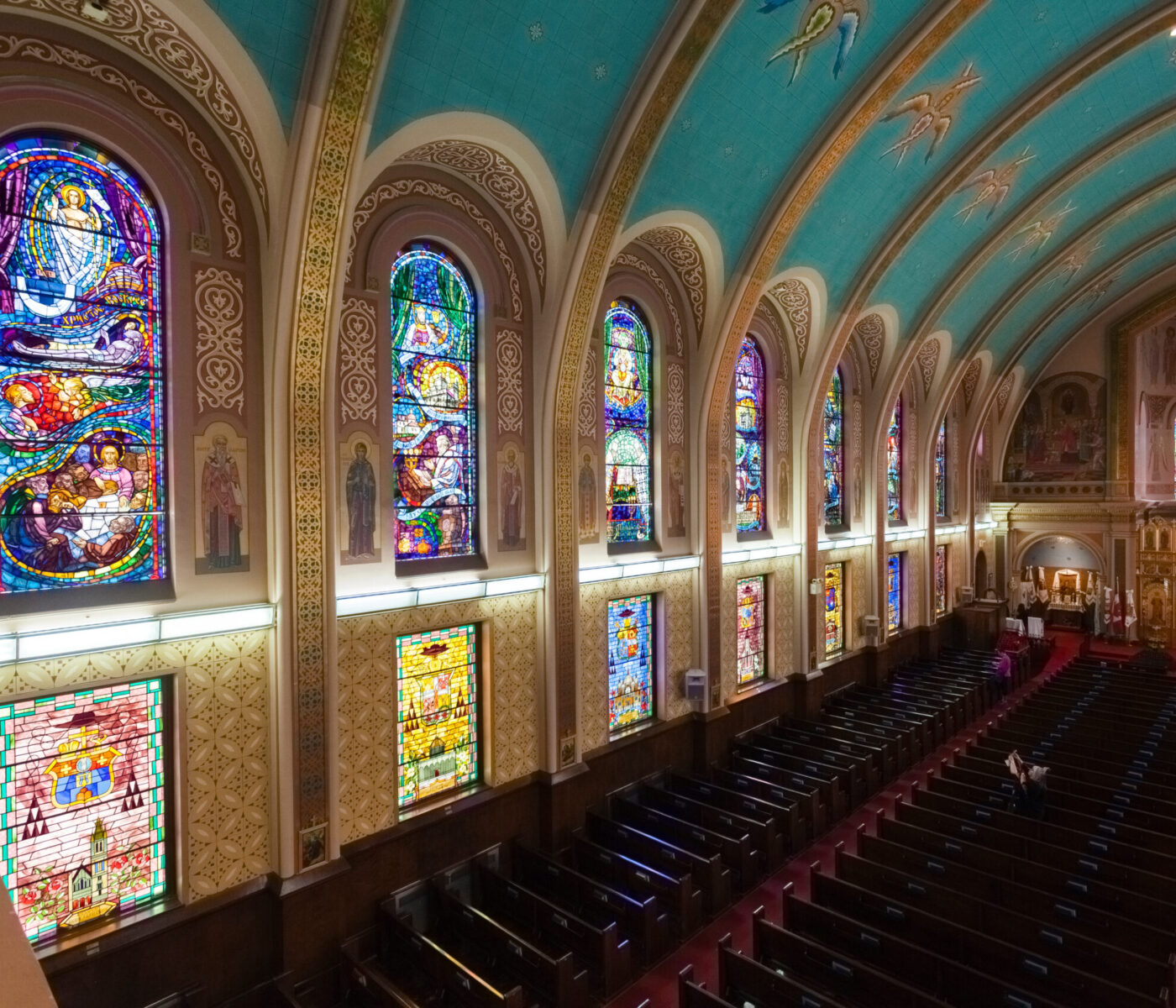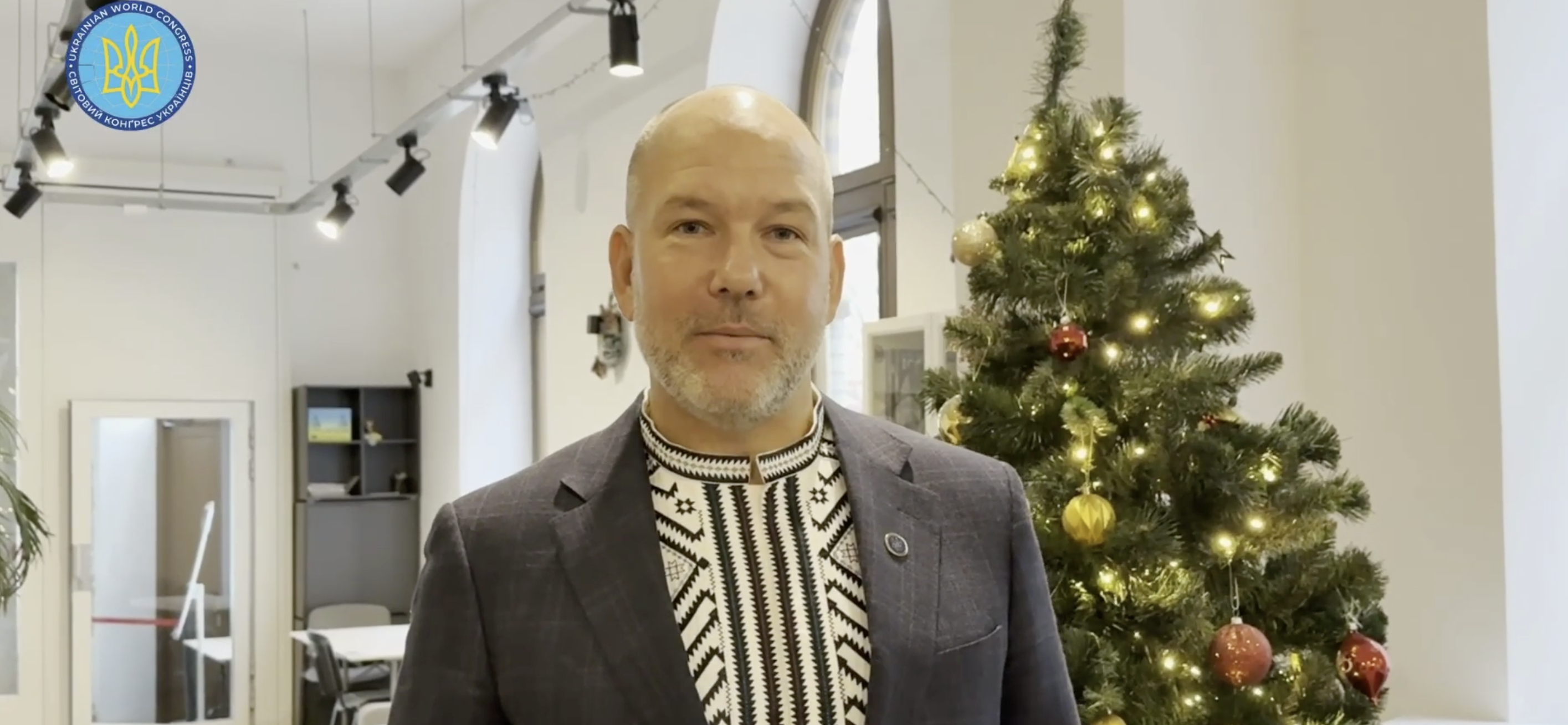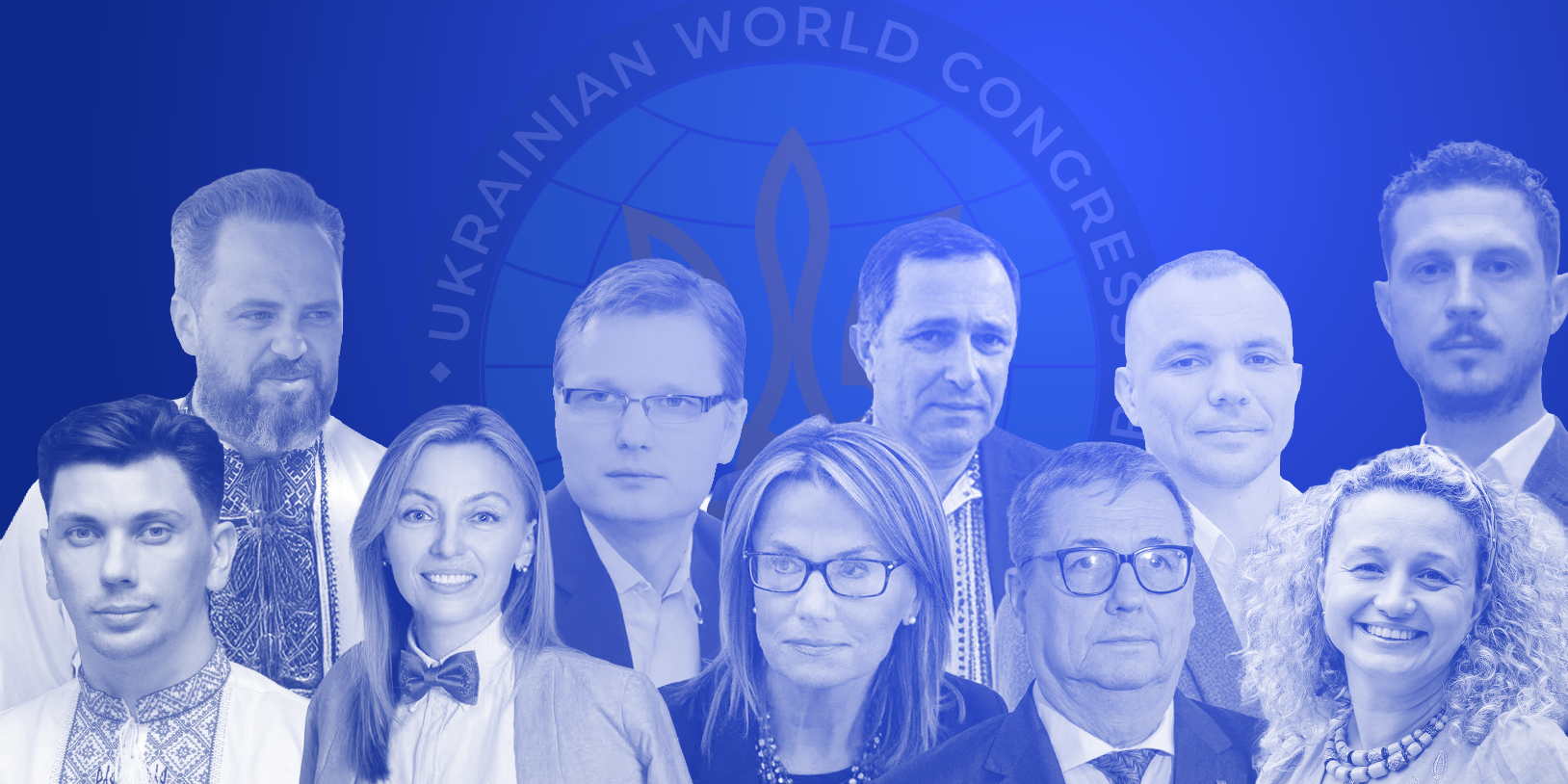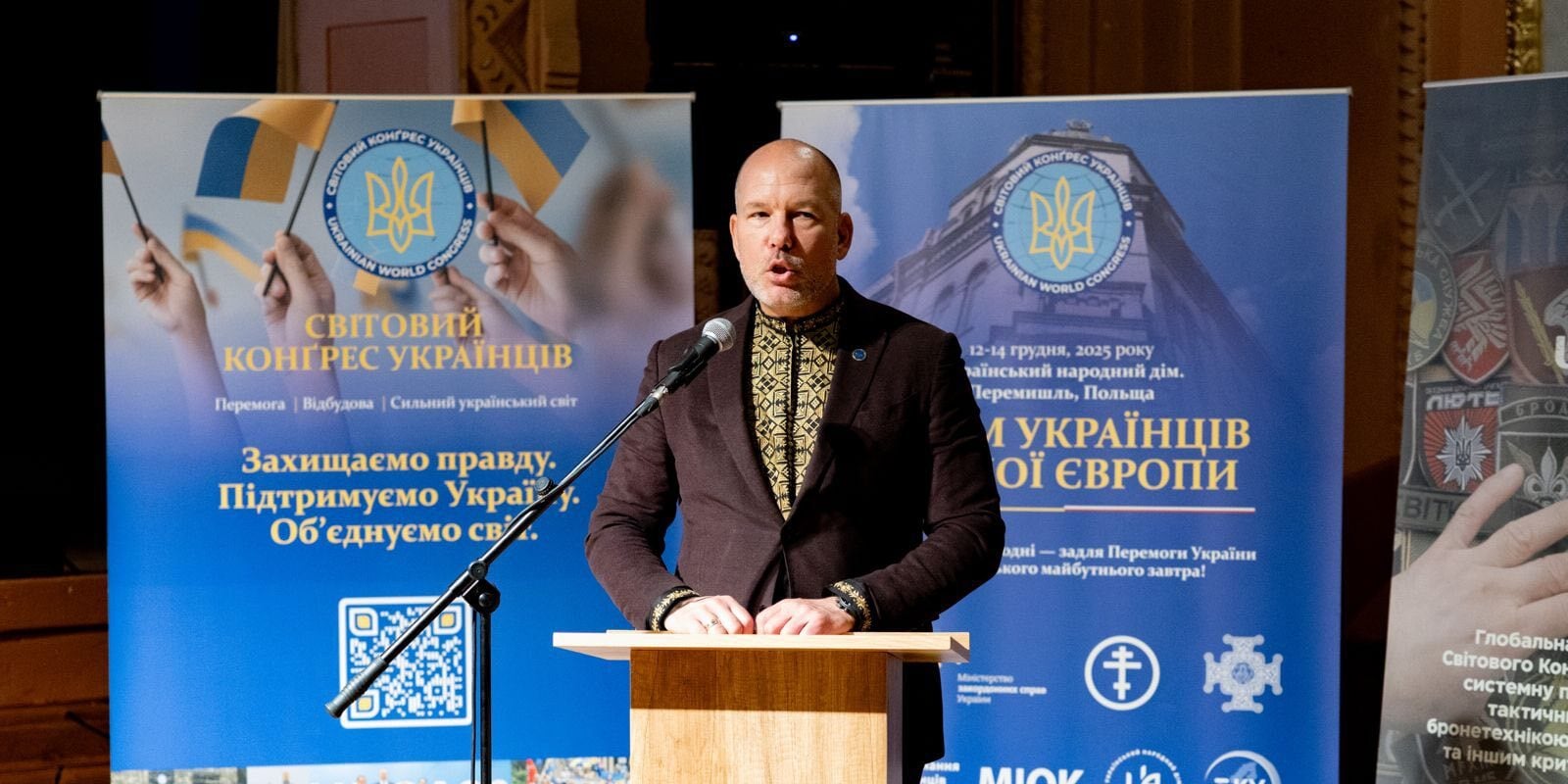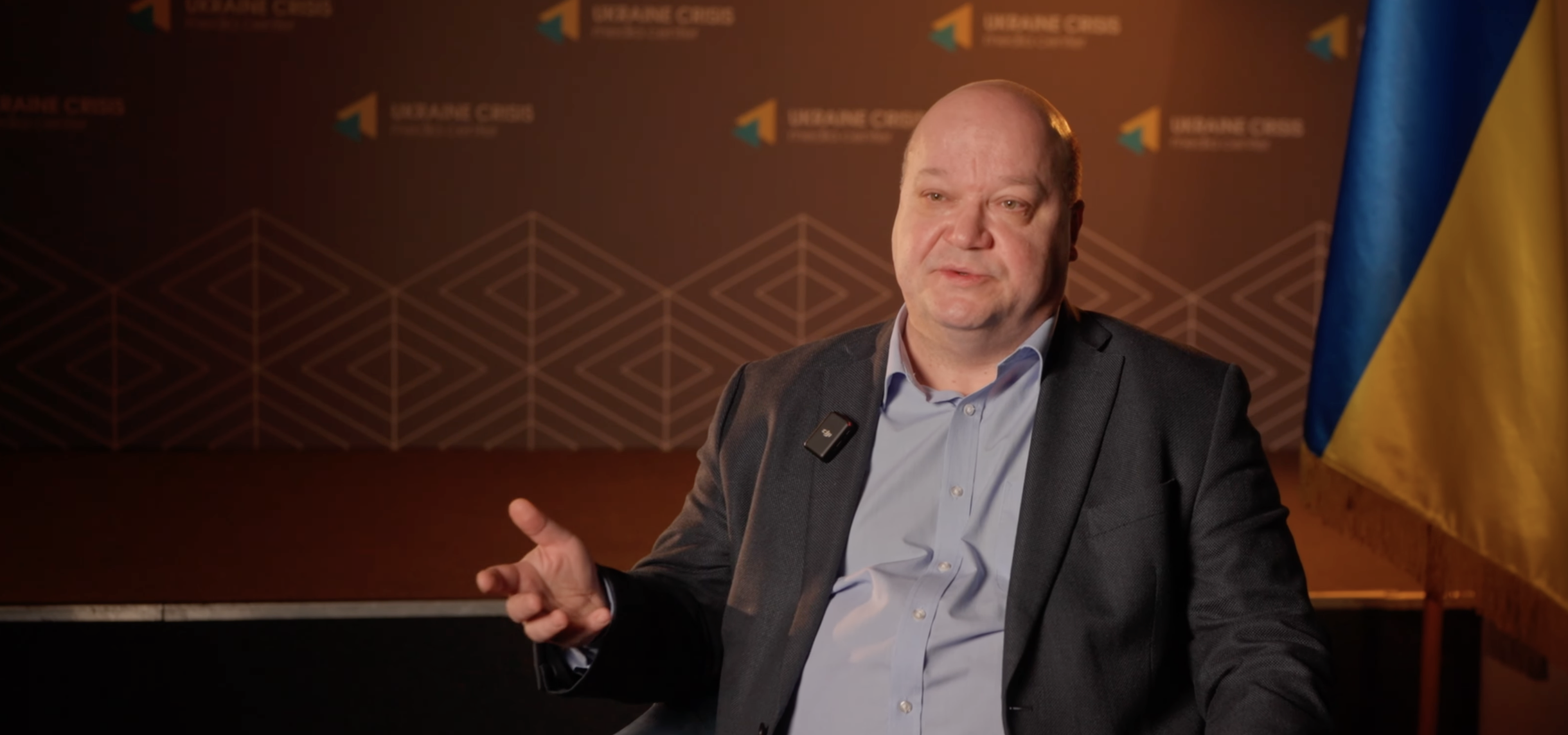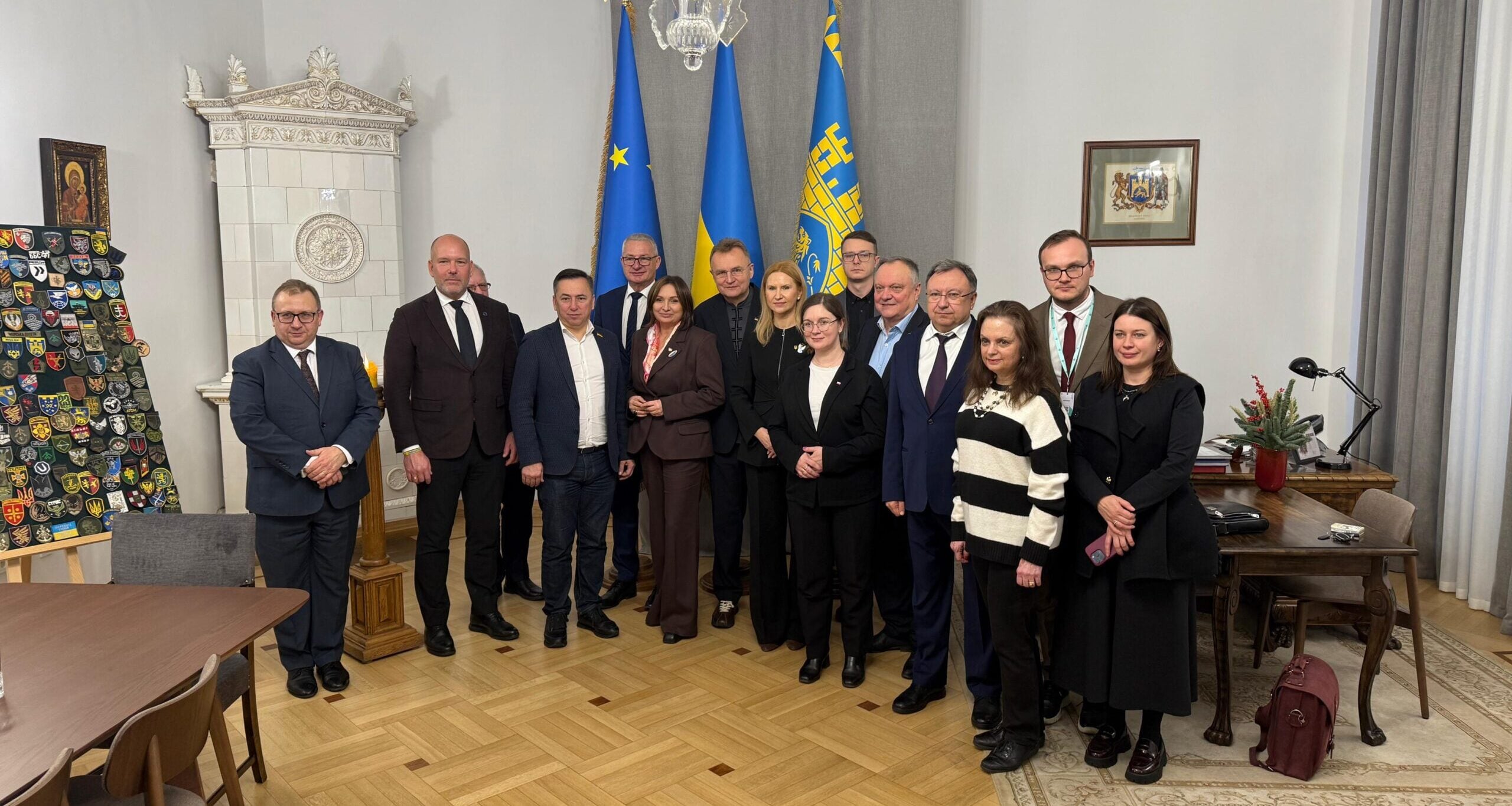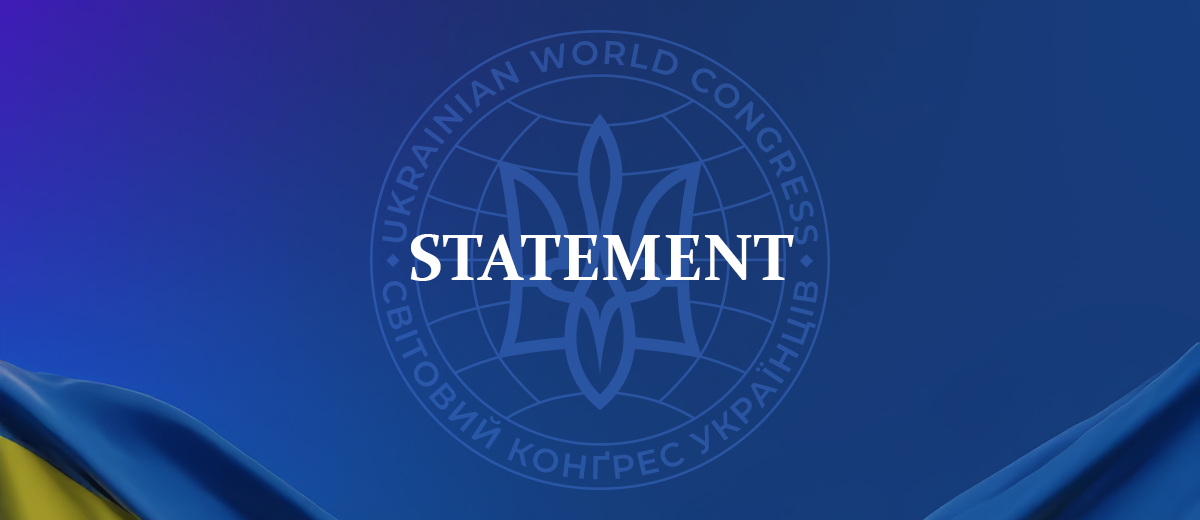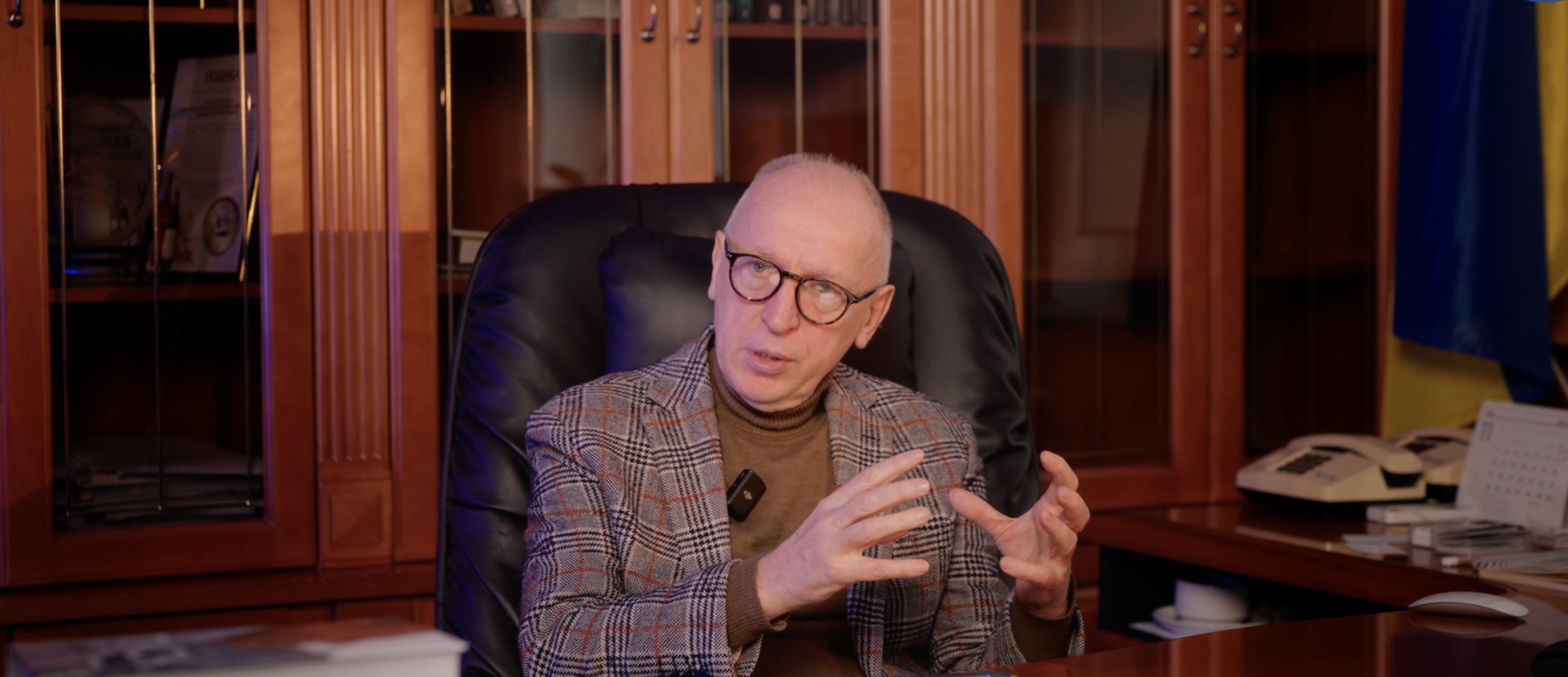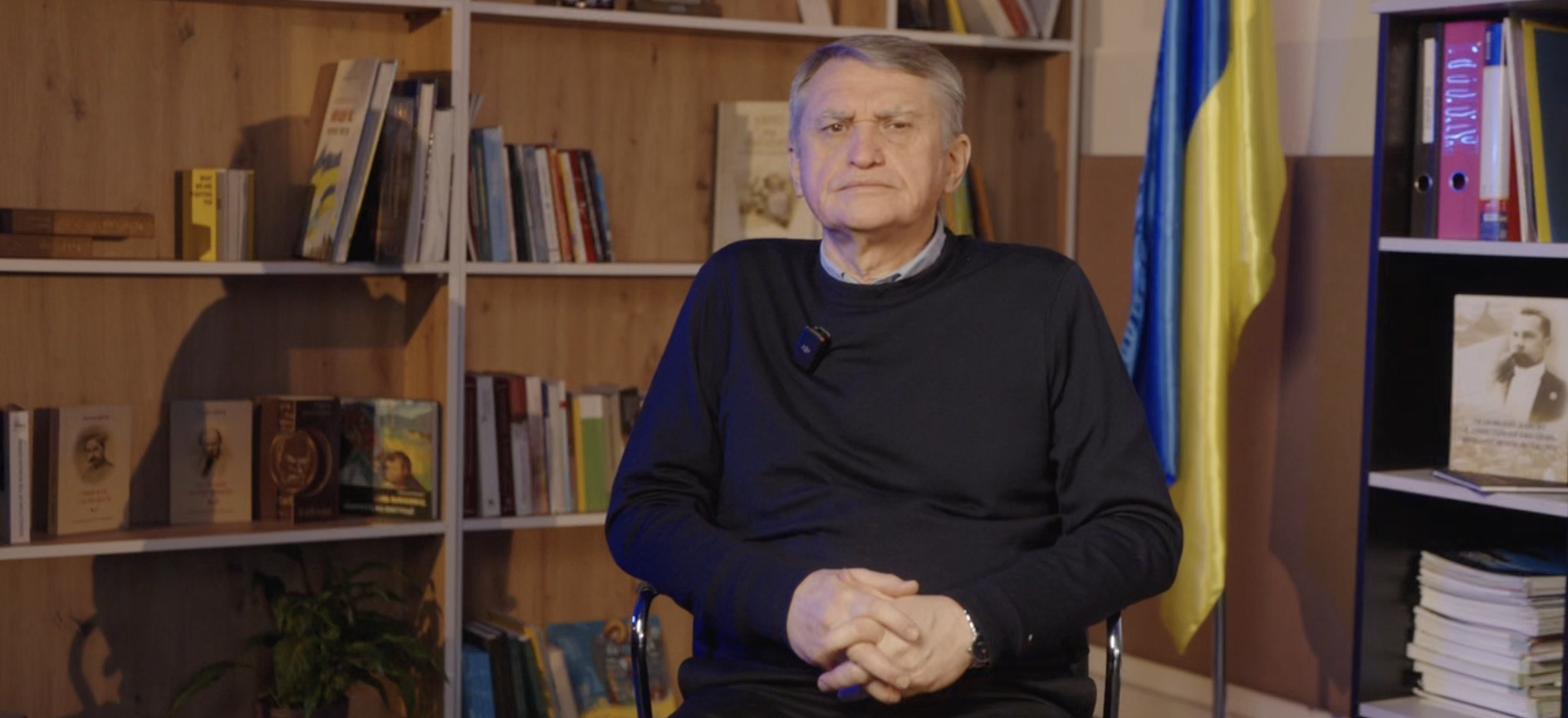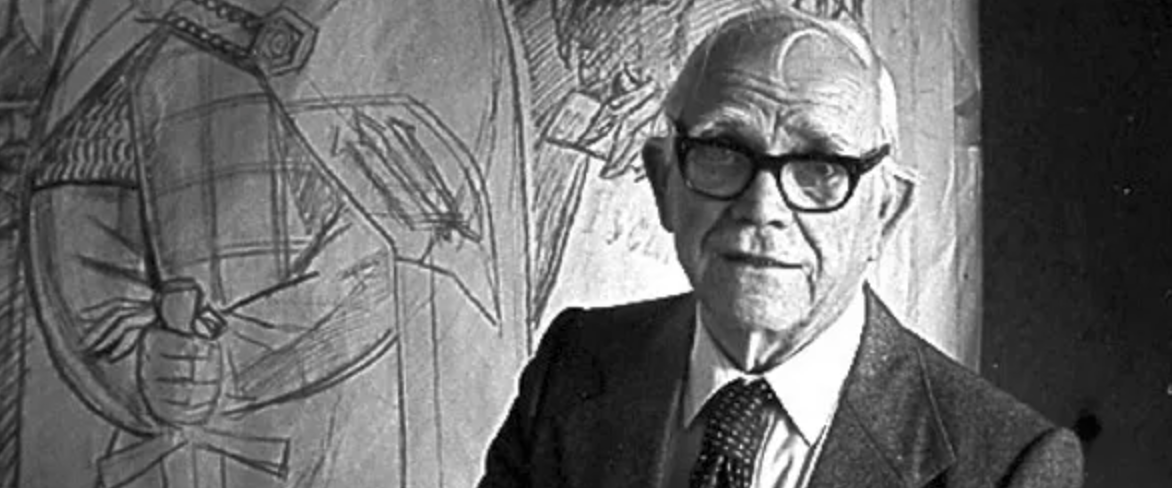
The Ukrainian World Congress (UWC) joins Ukrainians in Ukraine and around the world on Jan. 15 in marking the 110th anniversary of the birth of Leo Mol (born Leonid Molodozhanyn), a distinguished Canadian sculptor and painter of Ukrainian descent, and a member of the Royal Canadian Academy of Arts.
Mol was born in 1915 in a family of potters in Khmelnytskyi, where he first encountered the world of art as a child, working at his father’s pottery wheel. His family later moved to Siberia, then to the North Caucasus, and finally to Leningrad (now Saint Petersburg).
In 1941, Mol graduated with honors from the Leningrad Academy of Arts. His first mentor was the sculptor Matvey Manizer, a practitioner of Socialist Realism. While Leo was fascinated by ancient sculpture, he believed art should reflect reality, not idealize it.
That same year, in the midst of World War II, Mol was sent as an “Ostarbeiter” (forced laborer) first to Vienna , then to Berlin. Eventually, he was allowed to work professionally and even continue his studies at the Berlin Academy of Arts. Mol quickly learned German, met his future wife Margareth, and after their marriage, they moved to her hometown of The Hague in the Netherlands.
In 1948, the family moved to Winnipeg, Canada, where Mol gained recognition for his frescoes and stained glass works, including for the Cathedral of Saints Volodymyr and Olha.
His most significant recognition came when he won the competition to design a monument to Taras Shevchenko in Washington, D.C. Unveiled in 1964 by President Dwight D. Eisenhower in front of a gathering of 100,000 Ukrainians from around the world, the monument became a symbol of unity for the Ukrainian diaspora. Mol also created notable Shevchenko monuments in Buenos Aires, Argentina, in 1971 and Prudenteópolis, Brazil, in 1989.
Mol’s extensive portfolio includes over 80 stained glass works and more than 100 sculptural portraits and monuments, including those of Prince Volodymyr the Great, Lesya Ukrainka, Cardinal Josyf Slipyj, Winston Churchill, Queen Elizabeth II, Pope John Paul II, and Canadian Prime Minister John Diefenbaker, whose monument stands before the Canadian Parliament in Ottawa.
Many of his works are housed in Canadian galleries and private collections worldwide, including in Ukraine. In 1992, Canada opened the Leo Mol Sculpture Garden, which displays around 300 of his works.
In 2001, Mol was awarded Ukraine’s Order of Merit, 2nd class.
His life and art have left a profound legacy in Ukrainian culture, reflecting his unparalleled talent and the spirit of his time. He became a symbol of dedication, deep faith, and the grandeur of Ukrainian culture, which continues to thrive on the global stage.
